In a recent address at the IATA AGM, Tim Clark, the President of Emirates, discussed the airline's strategic plans for the future. One of the key highlights of his speech was his intention to bolster Emirates' order book with a substantial number of widebody aircraft.
Emirates' Expansion Plans
Emirates has long been known for its ambitious growth strategy and its commitment to maintaining a young and modern fleet. By adding more widebody aircraft to its order book, the airline aims to further enhance its global connectivity, expand its route network, and cater to the increasing demand for air travel.
The Importance of Widebody Aircraft
Widebody aircraft play a crucial role in the long-haul operations of airlines, providing superior passenger comfort and increased cargo capacity. These aircraft are designed to transport a significant number of passengers across long distances efficiently. With their spacious cabins, widebody aircraft enable airlines like Emirates to offer exceptional in-flight experiences, ensuring passenger satisfaction.
Potential Order
Speaking at the International Air Transport Association (IATA) Annual General Meeting (AGM), the President of Emirates, Tim Clark, confirmed the airline's intentions to strengthen its order book by acquiring additional widebody aircraft. This move reflects Emirates' ambitious expansion plans and recognition of the value of widebody aircraft in its operations. With the possibility of ordering up to 150 widebody aircraft, Emirates is exploring options from both Airbus and Boeing, signaling potential growth opportunities for the airline.
Clark did not disclose any specifics regarding the purchase, such as the aircraft type or whether it would go with Boeing or Airbus, but did say that the airline is considering the Airbus A350, the Boeing 777X, and the 787.
Emirates' Current Fleet
Emirates currently operates one of the largest fleets of widebody aircraft in the world, comprising Airbus A380s and Boeing 777s. The A380, known for its iconic double-decker design, offers unparalleled passenger capacity and comfort. The Boeing 777, on the other hand, is known for its versatility, fuel efficiency, and range.
Factors Influencing Emirates' Order Book
Several reasons contribute to Emirates' intention to increase its order book with more widebody aircraft. Firstly, the predicted post-pandemic rebound in the tourism sector is likely to result in a boom in demand for air travel. Emirates hopes to be well-positioned to cater to this rising demand by extending its fleet capacity.
Implications for the Airline Industry
Emirates' decision to increase its order book has far-reaching implications for the airline industry as a whole. It demonstrates the airline's confidence in the recovery of the travel industry and its commitment to remaining at the forefront of global aviation. Furthermore, a potential order for widebody aircraft would benefit both Airbus and Boeing, giving the aircraft manufacturing sector a much-needed boost.
In conclusion, Emirates' announcement to expand its order book with more widebody aircraft demonstrates the airline's commitment to expansion and its appreciation of the need to invest in contemporary fleet assets. Emirates strives to deliver an exceptional travel experience to its customers while contributing to the global aviation industry's recovery and sustainable future by growing its capacity while maintaining a young and efficient fleet.
With Inputs from AeroTime
Read next
IATA DG Predicts a Net Profit of USD 9.8 billion This Year Reported by The Airline Industry
Radhika Bansal
06 Jun 2023
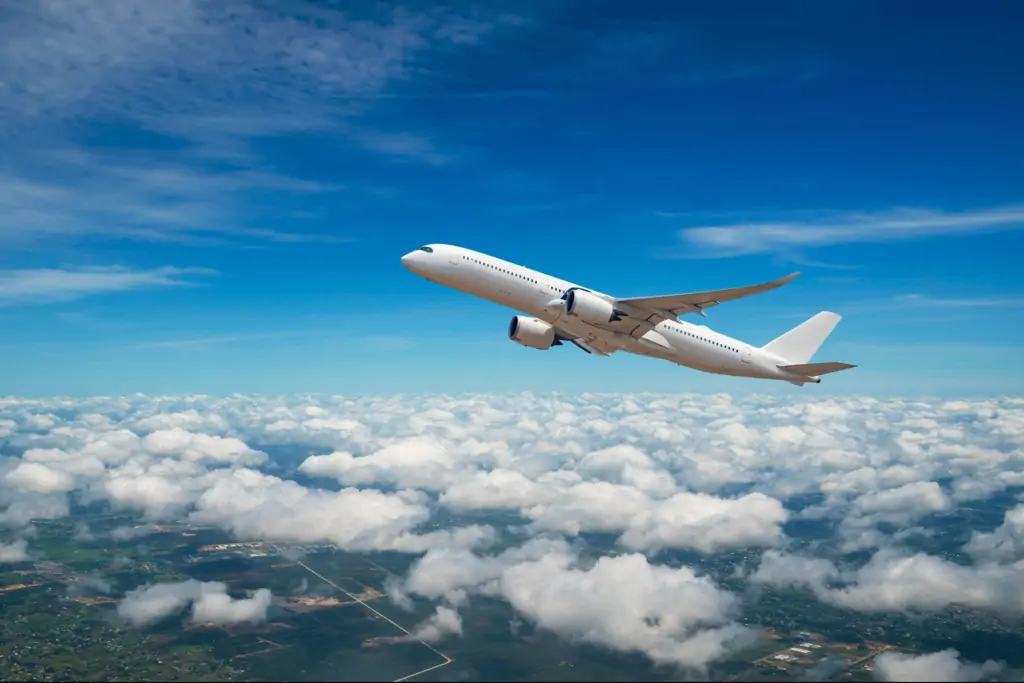
The airline industry is expected to record a net profit of USD 9.8 billion this year as passenger traffic is rising and local economies are reviving, IATA said on Monday, June 5.
Willie Walsh, Director General of the International Air Transport Association (IATA), said that despite economic uncertainties, people are flying to reconnect, explore and do business. "Latest data shows that passenger traffic is at over 90% of 2019 level". Speaking at the IATA Annual General Meeting here, he said airports are busier, hotel occupancy is rising, local economies are reviving and the airline industry has moved into profitability.
The airline industry is expected to rake in revenues of USD 803 billion and a net profit of USD 9.8 billion this year. Airlines will make an average of USD 2.25 per passenger, he said. While the aviation industry is recovering after the pandemic, there are still challenges like cost pressure and supply-chain issues. He also made a strong pitch for having global standards for a Sustainable Aviation Fuel (SAF) book and claim system to help reduce carbon emissions.
While addressing the Annual General Meeting of the International Air Transport Association (IATA) here, Walsh also flagged concerns about supply chain issues that are raising costs and limiting airlines’ ability to deploy aircraft. He also pointed out that decarbonising aviation is a serious issue and governments must not be allowed to use it to shore up exchequer finances.
He noted that airports are busier, hotel occupancy is rising, local economies are reviving and the airline industry has moved into profitability. The airline industry is expected to rake in revenues of USD 803 billion and a net profit of USD 9.8 billion this year. Airlines will make an average of USD 2.25 per passenger, he said.
IATA is a grouping of more than 300 airlines, including various Indian carriers. While the aviation industry is recovering after the pandemic, there are still challenges like cost pressure and supply chain issues. Walsh said Original Equipment Manufacturers (OEMs) have been far too slow in dealing with supply chain blockages that are both raising costs and limiting our ability to deploy aircraft.
Emphasis on More SAF Production
"Airlines are beyond frustrated. A solution must be found," he added. Stressing the need for ways to reduce carbon emissions, Walsh said SAF will be the biggest contributor to net zero success. While noting that there is a need to increase the number of pathways for SAF production and diversify feedstocks while maintaining their sustainability credentials, Walsh said unfortunately, politicians have not made good on their COP 26 promise to stop financing fossil fuels.
"The US approach to SAF is the most advanced with a system of tax credits to drive up production levels. This will be more effective than purchase mandates being considered as far and wide as Singapore, India and Europe. When there is not enough supply, a purchase mandate will drive prices up, stall innovation and limit competition long before supply increases. And if an early policy decision is needed, it is to establish global standards for a SAF book and claim system that can fairly allocate SAF credits with no double counting," he said.
Just as the location makes no difference on the impact of CO2 emissions, Walsh said it has no impact on where SAF is uplifted and used either. "A global approach to book and claim for SAF credits will help facilitate economies of scale in SAF production. And it will avoid the long-distance shipping (or even importation) of SAF, which would only degrade its climate credentials," he pointed out.
According to him, getting the basics of energy transition done is important — production incentives, more diversified production pathways and a book and claim system.
Last month, India said the International Civil Aviation Organization (ICAO) should continue to be guided by "common but differentiated responsibilities" in the efforts to achieve net zero carbon emissions for the aviation sector. India is one of the fastest-growing and third-largest civil aviation markets in the world. "Today's SAF production is less than 0.1% of what we need for net zero. But the trend is positive... every drop of SAF ever produced has been purchased and used. The problem is insufficient production capacity to meet demand," he said.
In 2022, SAF production tripled to 300 million litres and airlines used every single drop costing almost USD 350 million. "With the right supportive policies, reaching 30 billion litres by 2030 is challenging but achievable. That would be about 6% of the 450 billion litres of annual production capacity we need in 2050," he noted.
Read next
Turkish Airlines is embarking on an ambitious plan to substantially expand its fleet, aiming to increase its current fleet number to 813 aircraft by 2033. This previously disclosed proposal received more insights from Prof. Dr. Ahmet Bolat, chairman of the board and executive committee, during the International Air Transport Association (IATA) Annual General Meeting (AGM) in Istanbul.
Turkish Airlines' Ambitious Fleet Expansion
Turkish Airlines, Turkey's national airline, is already a major player in the global aviation industry. The airline has built up a reputation for its extensive network and great services despite its present fleet size and operating capacity. Turkish Airlines, on the other hand, is not resting on its laurels and plans to increase its fleet in order to take its success to new heights.
Update on the Aircraft Order from Prof. Dr. Ahmet Bolat
Prof. Dr. Ahmet Bolat discussed the upcoming aircraft order during the IATA AGM. Despite hopes that an announcement would be made at the IATA AGM or perhaps at the Paris Air Show, Prof. Dr. Ahmet Bolat indicated that Turkish Airlines will postpone the decision for another two months. This decision underscores the company's cautious approach and commitment to making well-informed fleet decisions in the future.
The Importance of the Delay
The decision to postpone the aircraft announcement bears significant weight and demonstrates Turkish Airlines' cautious approach. Taking the time to properly assess the alternatives available is critical for long-term success in the ever-changing aviation business, where technical improvements and market circumstances play vital roles.
Turkish Airlines' Expansion Strategy
Turkish Airlines has continually maintained a growth-oriented strategy focused on boosting international routes and passenger numbers. The airline has effectively established itself as a preferred choice for travellers by delivering a smooth travel experience while maintaining strong service quality standards.
Potential Benefits of the Aircraft Order
Turkish Airlines' large aircraft order has various advantages for the airline, its customers, and the industry as a whole. For starters, the deployment of new aircraft will result in increased operational efficiency and lower operating expenses. Modern aeroplanes are built to be more fuel-efficient, resulting in considerable long-term cost savings for airlines.
Conclusion
Turkish Airlines' aspirations to expand its fleet with a large aircraft purchase demonstrate the company's dedication to expansion and innovation. Prof. Dr. Ahmet Bolat's recent presentation at the IATA AGM highlights the airline's deliberate process in reaching this critical choice. Turkish Airlines intends to delay the announcement for two months in order to properly assess the available possibilities and ensure that the chosen aircraft matches its long-term ambitions.
With Inputs from Aviation Week
Read next
Airlines are continuously looking for methods to improve operational efficiency, reduce fuel consumption, and minimize the ecological impact of today's rapidly expanding aviation industry. Pratt & Whitney, a global aerospace manufacturer, has been at the forefront of developing revolutionary engine technology to overcome these difficulties. Its ground-breaking Geared Turbofan (GTF) engines have received widespread notice and praise for their extraordinary performance and efficiency.
Pratt & Whitney's History
Pratt & Whitney, a Raytheon Technologies business, has a long history in the aviation industry. With over 95 years of expertise, the firm has established itself as a global leader in aviation engine design, production, and servicing. Pratt & Whitney's devotion to invention has resulted in a slew of game-changing innovations that have transformed air travel.
LATAM: Background
LATAM, headquartered in Santiago, Chile, is Latin America's major airline group, having operations in Brazil, Chile, Colombia, Ecuador, and Peru, as well as overseas operations throughout Latin America, Europe, Oceania, the United States, and the Caribbean. LATAM Airlines was the first airline in the Americas to operate the Airbus A320neo. LATAM is currently operating more than 80 V2500-powered Airbus A320ceo and 16 GTF-powered Airbus A320neo family aircraft.
LATAM Airlines Group's Collaboration with Pratt & Whitney
Pratt & Whitney, a Raytheon Technologies business, has announced a novel partnership with LATAM Airlines Group S.A. ("LATAM"). The airline has picked Pratt & Whitney's cutting-edge GTF engines to power additional A320neo family aircraft. This decision expands on LATAM's initial acquisition of over 40 aircraft in 2013, and when combined with the remaining options, the agreement could encompass a total of 146 aircraft. Furthermore, under a long-term EngineWise® Comprehensive Service Agreement, Pratt & Whitney will provide engine maintenance services to LATAM.
The Pratt & Whitney GTF Engine
For the Airbus A320neo family, the Pratt & Whitney GTF™ engine with Collins Aerospace nacelle and accessories provides the highest fuel economy and lowest greenhouse gas emissions. GTF-powered aircraft lower fuel consumption and CO2 emissions by 16% to 20%, NOx emissions by up to 50%, and noise footprint by up to 75%, respectively. GTF engines are certified for operation on 50% SAF and successfully tested on 100% SAF and are ready to enable further carbon footprint reductions, assisting the aviation industry in meeting its goal of net zero emissions by 2050, laying the foundation for even more efficient and sustainable propulsion technologies in the decades ahead, with advancements such as the Pratt & Whitney GTF Advantage engine and beyond.
The Advantages of Pratt & Whitney GTF Engines
Pratt & Whitney's GTF engines have earned a reputation for superior performance and various benefits. When compared to typical engines, these cutting-edge engines provide better fuel economy, lower pollutants, and lower noise levels. The GTF engines' revolutionary design contains a gear system that optimizes engine performance, leading to lower maintenance and operational expenses for airlines. The GTF engine, with its advanced technology and environmentally friendly characteristics, is an excellent fit for LATAM Airlines' dedication to sustainability and operational efficiency.
Pratt & Whitney Engine Maintenance
Pratt & Whitney will also provide LATAM Airlines Group S.A. with full engine maintenance services in addition to the GTF engines. The airline can rely on Pratt & Whitney's expertise to ensure the best performance and longevity of their engines as part of a long-term arrangement. Pratt & Whitney's maintenance services, with a well-established reputation in the aviation sector, will help LATAM's operating efficiency and minimize aircraft downtime.
EngineWise® Comprehensive Service Agreement
LATAM Airlines Group S.A. will benefit from Pratt & Whitney's wide range of services under the EngineWise® Comprehensive Service Agreement. This programme covers a wide range of engine care topics, such as predictive maintenance, engine health monitoring, and even customized fleet management systems. EngineWise® Comprehensive enables airlines to monitor engine performance proactively and avoid unexpected interruptions, resulting in increased operational dependability and cost savings.
Comments
"At LATAM, we are dedicated to not only connecting South America to the rest of the world but also to caring for the environment and lowering our carbon footprint." "We are proud to strengthen our partnership with Pratt & Whitney to power our A320neo family, which will enable us to do so as we expect to grow this fleet to more than 100 aircraft in the coming years," said Roberto Alvo, CEO of LATAM Airlines Group.
"Our relationship with LATAM, including their predecessor LAN Airlines, dates back more than seven decades with the Twin Wasp engine on Douglas DC-3 aircraft," said Rick Deurloo, Pratt & Whitney Commercial Engines president. "GTF engines are already providing exceptional economic and sustainability benefits to LATAM, and we look forward to providing even more value in the coming years."
In conclusion, LATAM Airlines Group S.A.'s selection of Pratt & Whitney GTF engines for their A320neo family aircraft represents a key milestone in the aviation industry. This collaboration demonstrates LATAM's trust in Pratt & Whitney's cutting-edge technology and dedication to excellence. LATAM Airlines intends to deliver a greater flying experience to its passengers by incorporating GTF engines while prioritizing sustainability and operational efficiency.
With Inputs from Pratt & Whitney
Read next
Air France-KLM, a major airline that operates between France and the Netherlands, has announced intentions to retire its ageing widebody fleet in favor of newer, more fuel-efficient aircraft. This strategic decision follows the airline's decision to ground its Airbus A380 and Boeing 747 aircraft in response to the COVID-19 outbreak. Ben Smith, CEO of Air France-KLM, announced these plans during the International Air Transport Association (IATA) Annual General Meeting in Istanbul.
Retirement of the Ageing Fleet
Air France-KLM has previously phased out its Airbus A380 and Boeing 747 aircraft in an effort to modernize its fleet. These legendary jumbo aircraft were formerly the backbone of the airline's long-haul operations due to their size and capacity. However, shifting marketplace realities and the necessity for more fuel-efficient aircraft forced them to retire. The company has chosen to concentrate on retiring its aged Airbus A330s and Boeing 777s.
Retirement Motives
Several significant issues are driving the decision to retire the aged widebody fleet. To begin with, there is an increasing emphasis on sustainability in the aviation business. Air France-KLM, like many other airlines, understands how important it is to reduce its environmental impact and carbon footprint. The airline intends to cut fuel usage and emissions by replacing older aircraft with newer, more fuel-efficient versions.
Air France-KLM's Ageing Fleet
According to the most recent statistics from ch-aviation.com, Air France's fleet consists of 15 Airbus A330-200s and 18 Boeing 777-200ERs, with an average age of 20 and 23 years old, respectively.
Advantages of Fuel Efficiency
Air France-KLM will greatly benefit from the move to a more modern and fuel-efficient fleet. For starters, using modern aircraft with superior engine technology and aerodynamics results in lower fuel usage. This not only helps to reduce operational expenses but also significantly reduces carbon emissions, which aligns with the company's environmental objectives.
The Effect on Operations
The fleet renewal strategy of Air France-KLM includes identifying viable replacements for the retiring widebody aircraft. The firm would most likely look into options from top aircraft manufacturers like Airbus and Boeing. Fuel efficiency, range, capacity, and passenger preferences will all be variables in the selection process. A well-planned transition will provide little interruption to operations and enable the new aircraft to be seamlessly integrated into the fleet.
In conclusion, Air France-KLM's decision to retire its ageing widebody fleet in favor of newer, more fuel-efficient aircraft demonstrates the airline's dedication to sustainability and operational efficiency. The airline hopes to reduce its environmental impact, decrease fuel consumption, and improve the flying experience for its customers by embracing innovative technology and replacing outdated aircraft. The retirement procedure will be meticulously carried out in order to provide a smooth transition to the next generation of aircraft. As it begins its fleet renewal journey, Air France-KLM is committed to providing high-quality air travel services while reducing its carbon footprint.
With Inputs form Bloomberg
Read next
With the return of its founder Tata Group, Air India has been put on the fast track to rapid expansion after many years as a state-owned carrier with no fleet or personnel expansion. By March of next year, the airline will have 19 wide-body and 50 narrow-body aircraft. Air India is also adding 550 cabin staff members and 50 pilots each month to support this growth. With North America and Europe being the priority regions, adding new aircraft will enable the airline to address one of the top complaints of passengers—the existing fleet's decrepit cabins—and expand its worldwide network. Recently, the airline placed orders for 470 aircraft, including 70 wide-body aircraft.
“We will be inducting 19 new wide-body aircraft by the end of next March. (Once that happens) from mid-2024, we will send our 40 existing wide-body (27 Boeing 787s and 13 B777s) aircraft for a complete refurbishment. Their interiors will be completely scrapped and these planes will get everything brand new from seats to inflight entertainment and onboard Wifi as part of our USD 400-million upgrade project. By mid-2025, all our twin aisles will have absolutely new cabin products,” Air India MD & CEO Campbell Wilson told TOI.
The new wide bodies being inducted this fiscal, starting with the Airbus A350s, will have onboard WiFi. While 17 of the 19 twin-aisles will be used for augmenting the fleet, Air India has recently started talks for inducting two more B777s so that it can retire two wide bodies. The narrow-body fleet makeover will be faster with a majority of the Air India group’s full-service single-aisles getting a facelift by next September.
“We are going to induct 50 single-aisles this fiscal. By September 2024, 75-80% of our full-service single aisles will be brand new,” he said. The remaining 20-25% will be refurbished for being used by the low-cost arm, Air India Express. This means in two years, Air India’s full-service arm planes would have completely new interiors. Air India had been facing crew shortage due to which this March it had to suspend six of the 47 weekly non-stops to the US.
A320 Neo Aircraft to also be inducted
A few of its Airbus A320neo aircraft were also not being used for the same reason. Now with 600 crew joining every month and almost 200 Go First pilots onboard, the crew shortage seems to have been sorted out. “We are reinstating three of those (suspended US) flights this month and the remaining three next month. We are now hiring 5 and 10 times more pilots and cabin crew per month, respectively, than AI used to hire a year earlier,” Wilson said.
Armed with more A320 pilots, Air India has asked Airbus to give it more planes quickly. The reason is Go First, which suspended flights on May 3, had over 80 Airbus A320neo family planes still on order that were yet to be delivered but got no planes in the past several months due to its financial condition. Sources say Go First was to get 8-10 A320neos in the past few months and those delivery slots are available with Airbus. Apart from foreign carriers, both IndiGo and AI have put in requests to get these planes. “We have spoken to Airbus, seeking faster deliveries and they are yet to decide. We will want to take these planes with CFM engines (Go First used Pratt & Whitney). Airbus can deliver that combination with the required lead time,” he said.
Air India assesses customer satisfaction by sending questionnaires
As it works on improving services, Air India is sending out questionnaires to customers to every day and has received good responses through its digitalised customer feedback mechanism. Air India, which was taken over by Tata Group in January last year, started sending questionnaires to travellers to identify areas for improvement to meet customer expectations in March.
The Net Promoter Score (NPS)-based customer feedback mechanism has received more than 1,40,000 responses in three months, the airline said in a release. In his message to staff, Air India CEO and Managing Director Campbell Wilson said that over the last three months, the airline had expanded NPS to cover the entire physical customer journey, from check-in, through to lounges, in-flight experience and the arrival process, and will be extended to the online and call centre experiences.
"Questionnaires are sent every single day, and so far we've had more than 1,40,000 responses. Pleasingly, although we're short of where we aim to eventually be, we've seen a significant improvement in NPS compared to last year's benchmark, and there are many areas where we are doing very well," he said.
He said domestic and short-haul international routes have scored well as airport operations at places like Pune, Kolkata and Trivandrum. "As expected, the long haul routes operated by our legacy 777 and 787 aircraft are not rated so well due to the dated seats and IFE (In Flight Entertainment) systems... which is of course why we're preparing to refit these interiors starting next year so that they complement those on all the brand-new aircraft we have coming!," Wilson said in the message.
According to the release, the NPS mechanism also marks a significant shift from a paper-based feedback system to an advanced digitalized interface. It identifies key parameters that influence customer satisfaction at every touchpoint, whether on the ground, on board, or post-flight experiences, effectively capturing customers' sentiments. Air India plans to expand the NPS mechanism to measure improvements across all functions, including services provided by caterers, ground handling agents and airport operators.
(With Inputs from The Times of India)

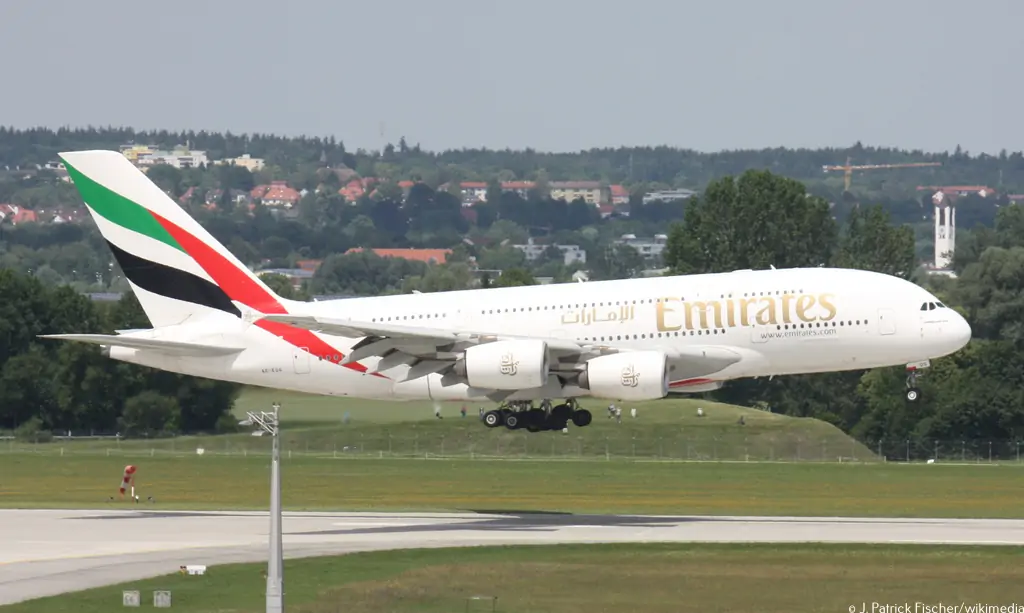

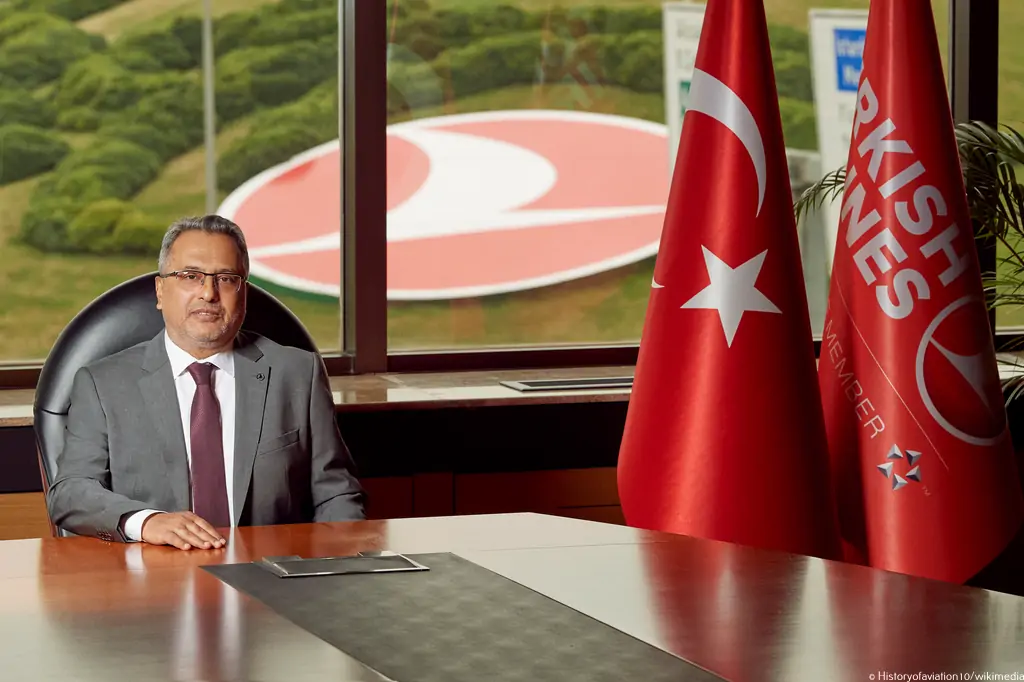
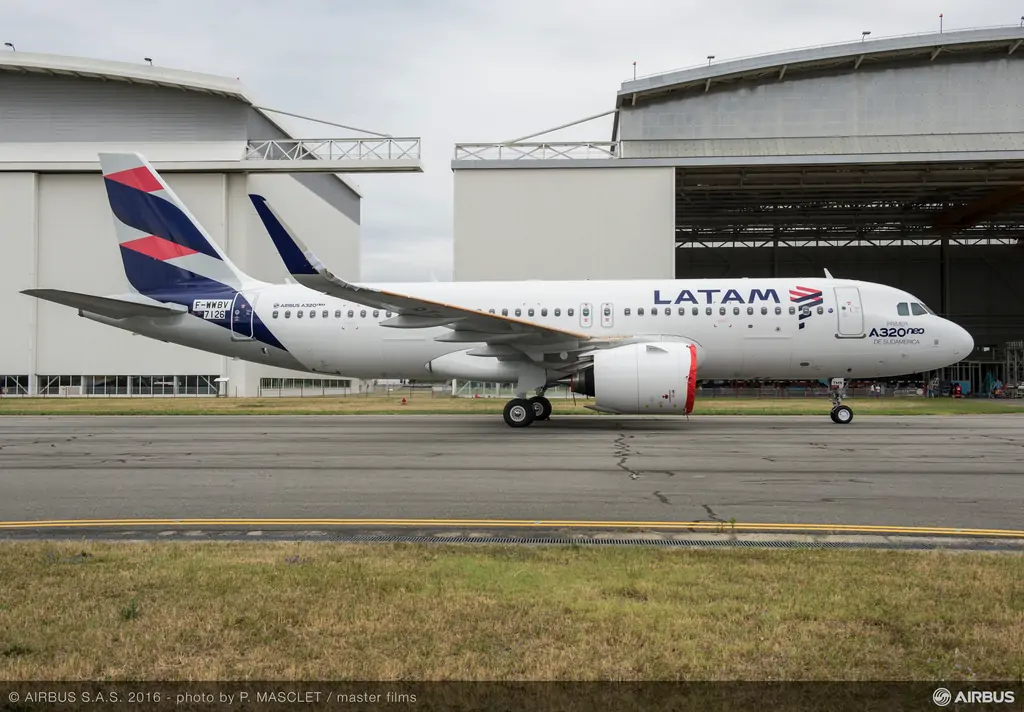
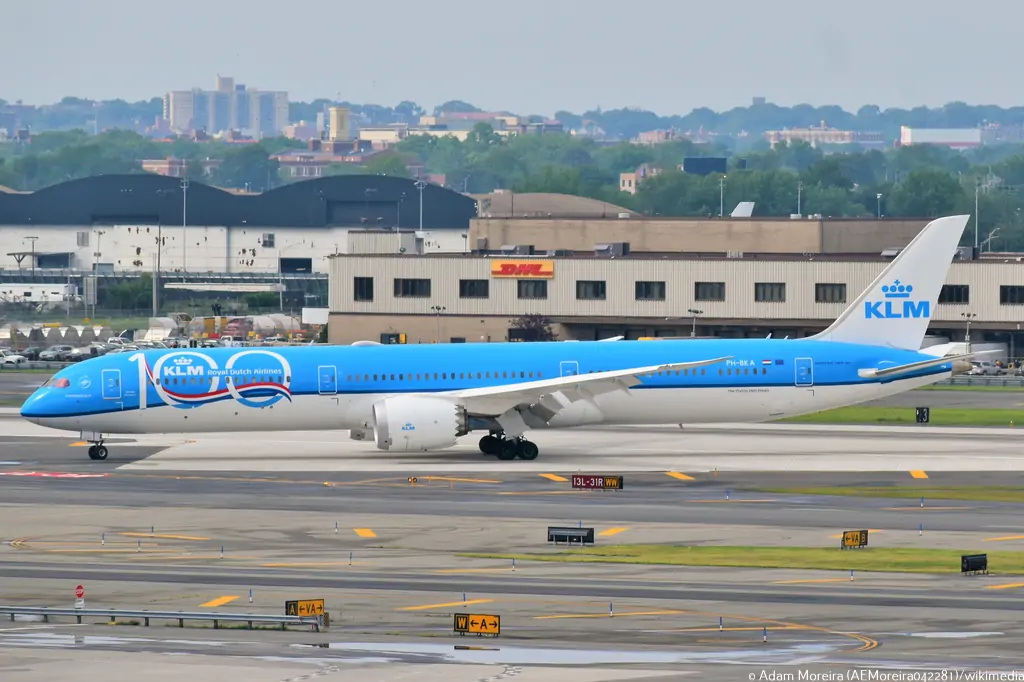
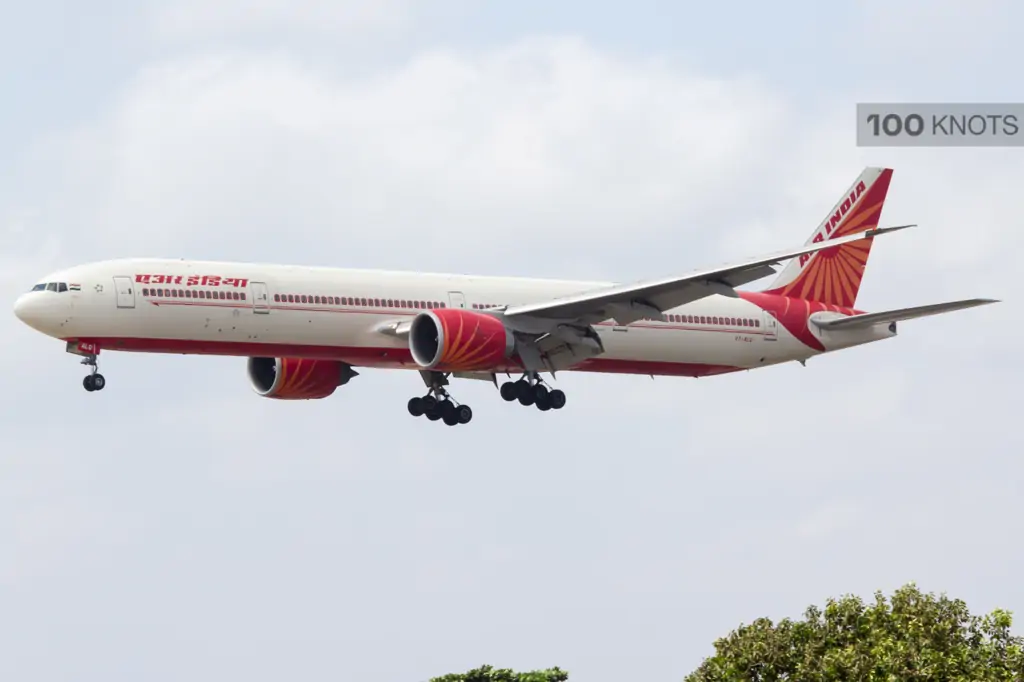
Comment